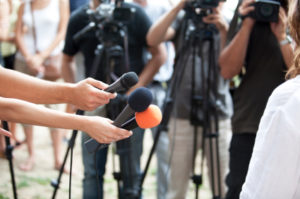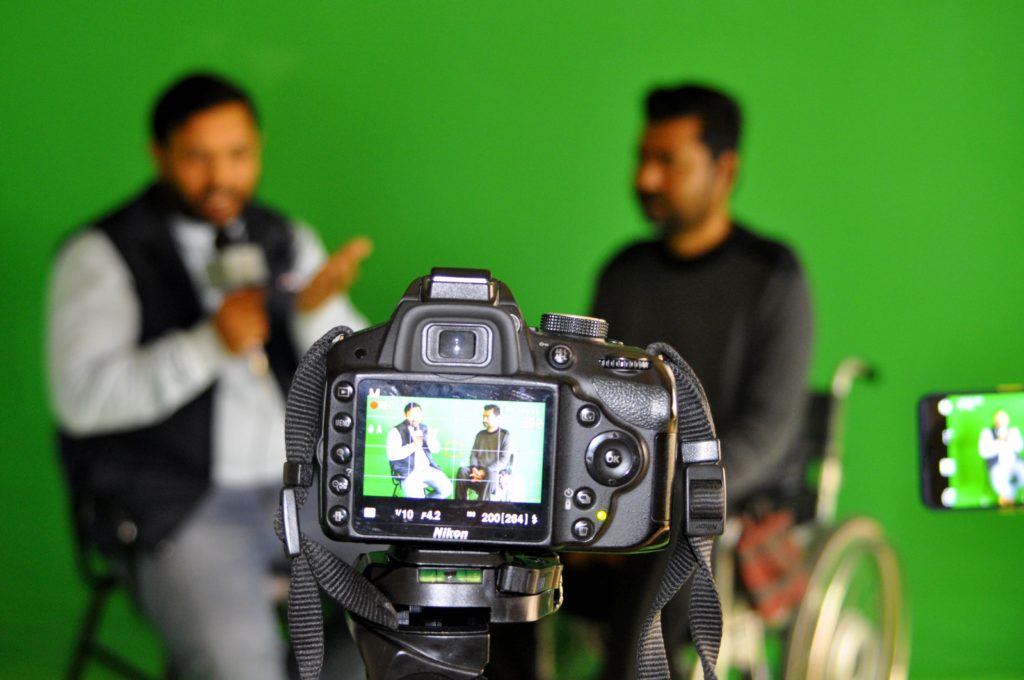Advanced Technique: Surviving A Tough Press Conference
Let’s say you’re giving a press conference about a controversial subject.
You know the reporters will ask aggressive questions. And, as reporters often do when they’re around their peers, they’re going to try to out-do the journalist who asked the previous question by asking an even tougher one.
You want to appear in front of the journalistic pack for only as long as you have to. But you also know that taking a few questions will help you appear open and transparent instead of defensive and evasive.
Here’s a technique that will allow you to look open while limiting your exposure to the press.
First, some background.
In most cases, it’s usually a good practice to open a press conference with an opening statement, during which you lay out the basic facts – the who, what, when, where, why, and how.
When dealing with controversial topics, it’s also usually a good practice to limit the time for the question period by telling reporters something at the beginning such as, “I only have about ten minutes for questions,” or “I have time for five questions.”
Here’s where most people go wrong.
They come out and they tell the reporters all of the basics. The reporters then use their time asking all sorts of tough follow-ups. Even if you limit the time to just five minutes, you can be assured that all five minutes will be filled with challenging questions.
Instead, imagine what would happen if you came out, offered a very brief opening statement that intentionally omitted some key information, limited the time to five minutes, and opened the floor to questions. The reporters would be forced to ask you to fill in those blanks – they can’t file a story without them. That would allow you to spend most of your five minutes answering straightforward “who, what, when, where, why, and how” questions instead of dealing with the nasty follow-ups.
This technique can be quite effective, but be judicious with this approach. Good media relations usually means that you’re an open and accessible spokesperson for longer than five minutes. But this tactic can be an effective strategy at certain moments, and it should remain an arrow in your media quiver.
Have the best of the blog delivered to your inbox twice per month! Enter your name below.



